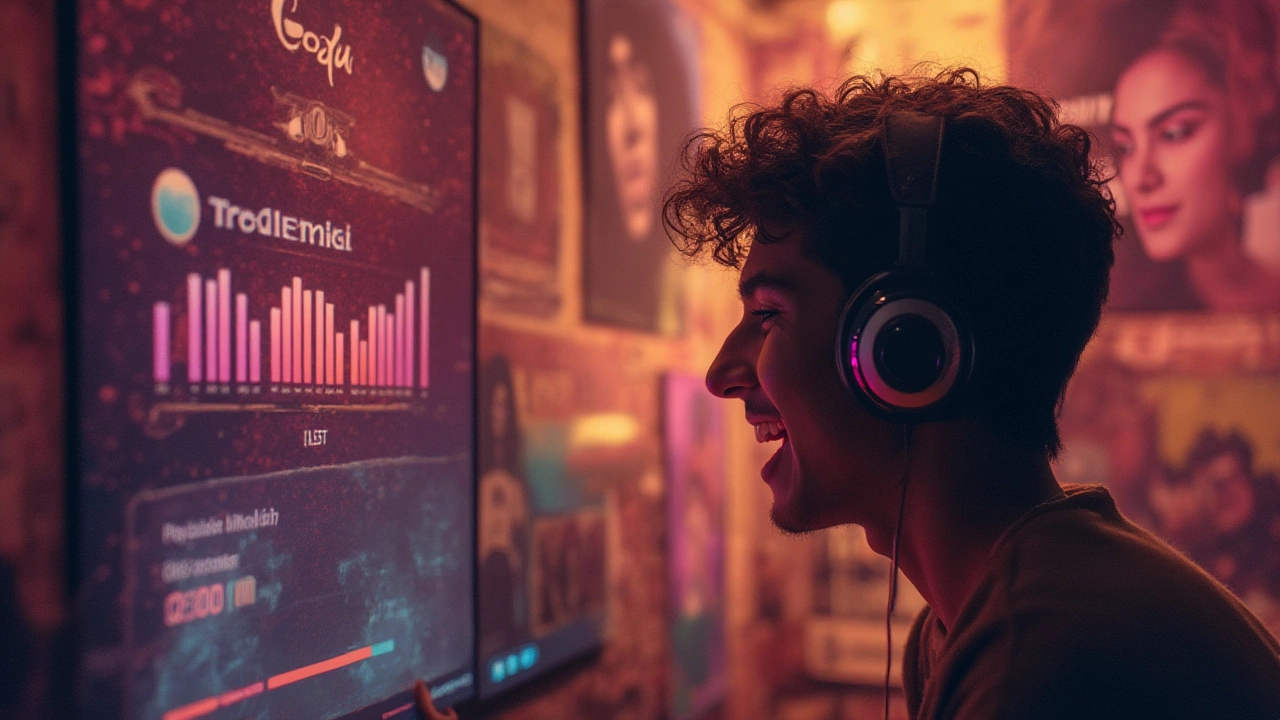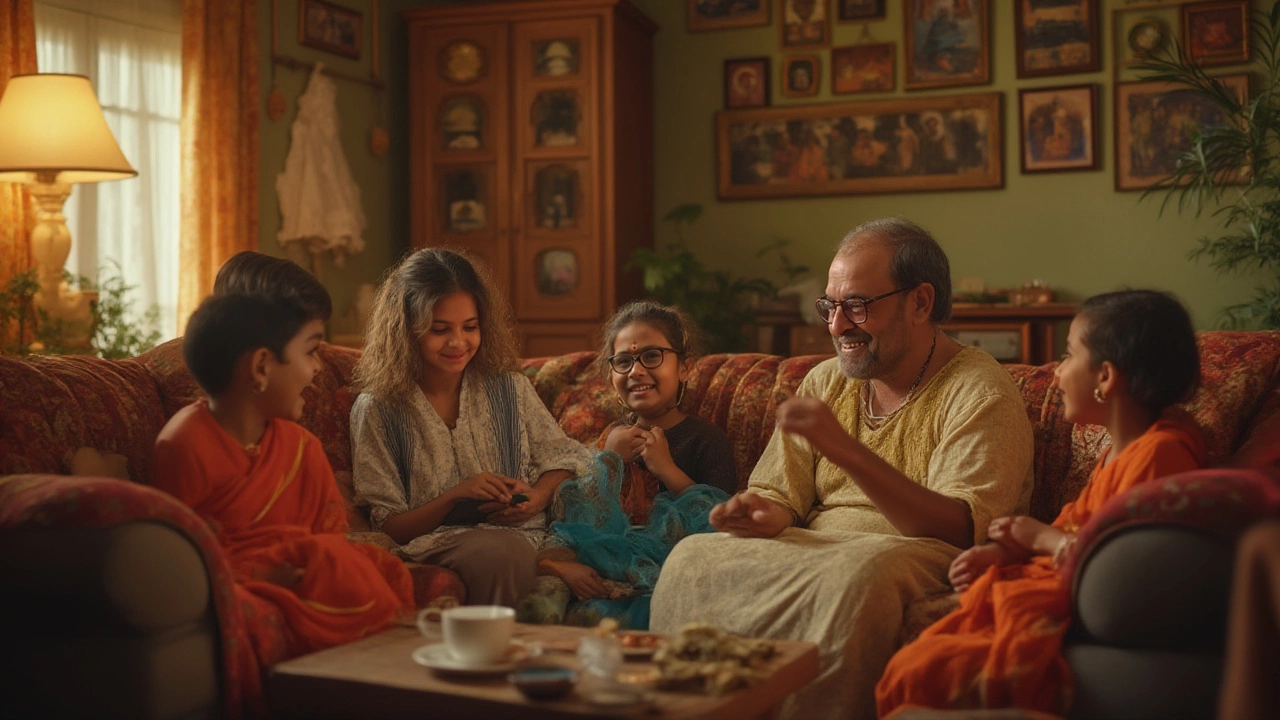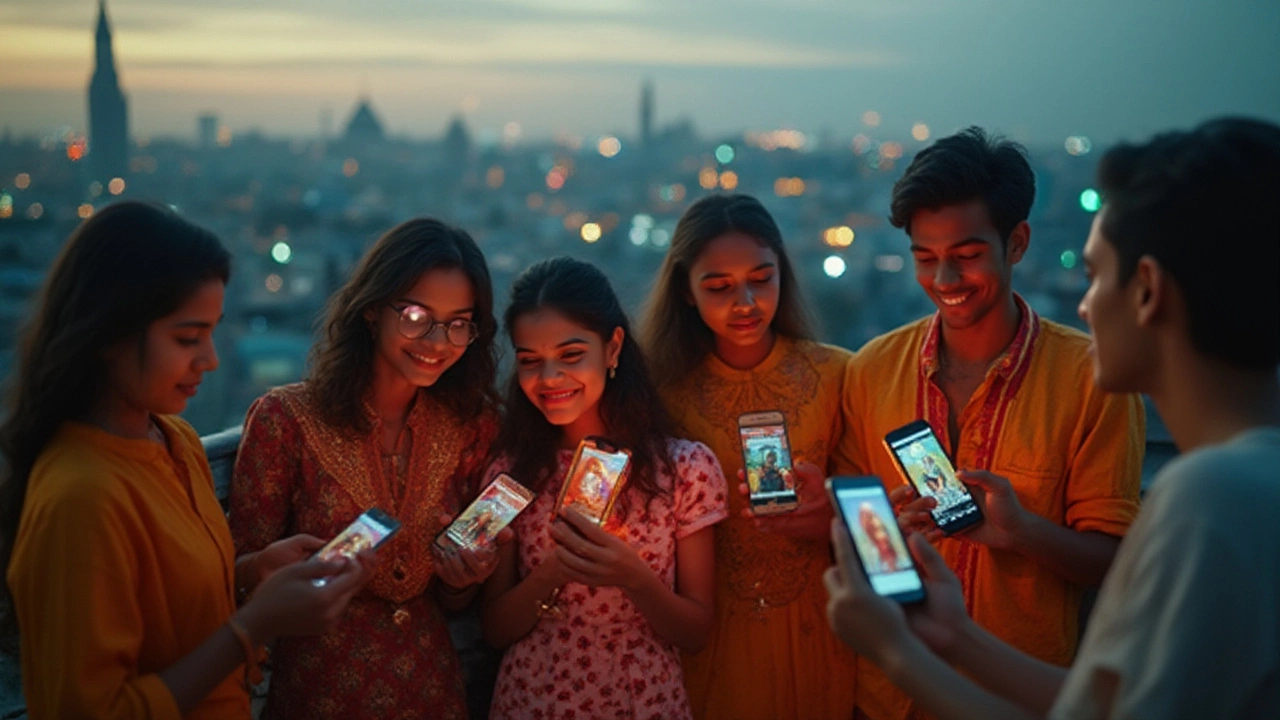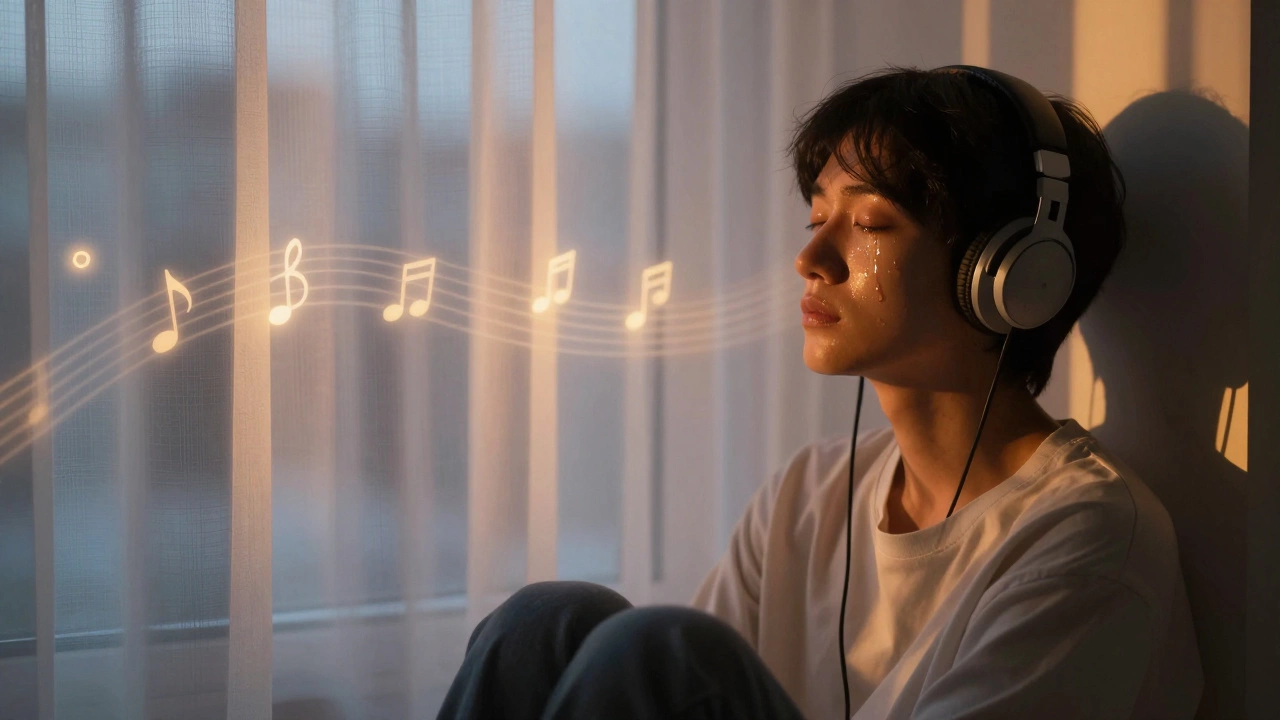Someone once said music is the closest thing we have to magic—and if you’ve ever been somewhere crowded and heard that one song come on, the one everyone suddenly starts singing, you know what they meant. So here’s a little twist: what is the most played song in the world? I’m talking about the song nearly everyone on earth has heard, whether you’re stuck in Sydney traffic or trekking through rural Colombia. It’s a question that keeps music nerds up late, and the answer isn’t as obvious as you might think. Through the decades, streaming charts, radio stations, dusty jukeboxes, and now TikTok, songs have found wild new ways to get under our skin.
The Streaming Era: Chasing Numbers and Breaking Records
When music streaming exploded, it shook everything up. Suddenly, tracking which song gets the most play wasn’t about CDs or radio spins anymore. Spotify, Apple Music, YouTube, Amazon—they all keep scores. And the result? A numbers game that’s both honest and, weirdly, full of surprises. Right now, "Blinding Lights" by The Weeknd reigns as Spotify’s most streamed song, busting past the 4 billion play count in 2024—a record that would’ve seemed impossible just a decade ago. If you scroll back five years, Ed Sheeran’s "Shape of You" dominated with ease. Now, tracks are faster to go viral but may also vanish as quickly from the top, thanks to social media buzz, playlists, and memes.
The song’s recipe matters. Short, catchy hooks; slick production; relatable lyrics; and an addictive beat—the formula hasn’t changed much. What has changed: the way people access music. Back in 2013, Spotify barely had 20 million users. Now, it’s counting over 600 million, so the global reach is massive. That’s why numbers from five years ago can’t really compete. According to last year’s IFPI (International Federation of the Phonographic Industry) report, global streaming accounted for 67% of music consumption, so if you’re too hung up on just radio, you’ll miss the real story.
Let’s talk TikTok. The app’s effect is wild—songs released years ago suddenly become viral hits again, sometimes even topping the "most-played" categories thanks to a dance challenge or sound meme. Older tracks get dragged back into the spotlight, and new artists get discovered daily. This phenomenon worked magic for Fleetwood Mac’s "Dreams" in 2020 and Kate Bush’s "Running Up That Hill" in 2022.
But is streaming the whole story? Not really. There’s this weird disconnect: while "Blinding Lights" rules the Spotify universe, something like "Bohemian Rhapsody" or "Hey Jude" probably has far more lifetime plays worldwide, across all the different mediums, but data for those classics is much harder to piece together.
Here’s a peek at the numbers that shape the "most played" game (as of mid-2025):
| Song | Artist | Spotify Streams (Billions) | YouTube Views (Billions) | Release Year |
|---|---|---|---|---|
| Blinding Lights | The Weeknd | 4.03 | 0.72 | 2019 |
| Shape of You | Ed Sheeran | 3.95 | 6.1 | 2017 |
| Dance Monkey | Tones and I | 2.9 | 2.3 | 2019 |
| Despacito | Luis Fonsi ft. Daddy Yankee | 1.8 | 8.4 | 2017 |
| Bohemian Rhapsody | Queen | 2.0 | 2.3 | 1975 |
So what tips can you take from the world of most played songs if you want to spot the next big hitter? Check the global charts but don’t ignore regional playlists; a song breaking out in Brazil or India might rule the world six months later. Follow playlists with quirky, specific vibes like "Pool Party 2025" or "Sad Girl Autumn"—those often pick up potential mega hits way before anyone else.

Before Streaming: The Smash Hits Everyone Knew
Long before we tracked streams in real time, finding the most played song was a mix of chart smarts, radio station tallies, and a lot of guessing. In the old days, songs like "Yesterday" by The Beatles, "Imagine" by John Lennon, and "I Will Always Love You" by Whitney Houston were massive in every sense. But there’s one curious outlier: "You’ve Lost That Lovin’ Feeling" by The Righteous Brothers. Famously called the most played song on American radio by BMI, it racked up over 14 million radio plays by 2015. That’s a mind-blowing stat when you consider how many times it probably played in shops, bars, taxis, and yes, probably even in my local grocery store here in Sydney.
The Guinness World Records loves a classic: for years, "Yesterday" has held the record for most covered song (with over 2,200 versions), making it an unofficial champ for most performed and, probably, played. But track hard data and you hit a wall—radio tracking only started in the 1950s, and global data came much later. Legends like Elvis Presley’s "Can’t Help Falling in Love" and Elton John’s "Your Song" float in charts and have millions of sales, but actual play counts get lost in time.
But here’s a fun fact for anyone who ever worked in a hospitality job: there’s a running joke that "Brown Eyed Girl" by Van Morrison is played every night, everywhere, on every pub speaker system. I once heard it three times in one day—without even trying. When you talk to DJs, bar staff, or anyone who’s been setting playlists, songs like "Sweet Caroline" and "Billie Jean" always turn up. These songs turn strangers into karaoke partners and force shy dancers onto crowded floors.
Everyone’s got a theory, but some industry data gives us clearer clues. According to US-based radio performance stats, some of the all-time radio play leaders are:
- "You’ve Lost That Lovin’ Feeling" – The Righteous Brothers (over 14 million plays)
- "Every Breath You Take" – The Police (over 15 million plays by BMI’s count in 2024)
- "Stand By Me" – Ben E. King (crossed 11 million radio spins)
If you want tips for spotting the next "eternal" classic, don’t only look at charts. Listen to what older relatives still sing, note which songs get emotional at weddings, or which ones pop up in movie montages. Those tracks that mean something more always manage to stick around—even when their streaming numbers look small next to "Despacito." As hard as it is to track every old school play or even Shazam scan, the songs that last decades are almost always the ones that sneak into pop culture side doors: in ads, in TV theme songs, in stadium chants.
One thing I’ve noticed is the power of rituals. Every time I go to a wedding with my husband, "Dancing Queen" gets people moving like nothing else. The rituals around songs—first dances, graduation slide shows, viral trends—can matter almost more than their official counts.

Behind the Curtain: Why Some Songs Just Won’t Quit
There’s something weirdly comforting knowing that on any given day, millions of people are probably humming the same melody on opposite sides of the world. But how does a song become so universally played? Is it about the music, timing, marketing, or just dumb luck? In reality, it’s all of that, plus a pinch of stranger vibes. Take "Despacito"—it wasn’t the first reggaeton crossover, but a perfect storm of Latin rhythms, a Bieber remix, and a gloriously sunny music video turned it into the most viewed video on YouTube for several years, clocking more than 8.4 billion views.
The age of streaming made discovery effortless. Remember, too, the power of the playlist: when Spotify added "Dance Monkey" by Tones and I to every viral and mood list, that single move helped the song leapfrog others. The right playlist spot is like winning a golden ticket. With every new platform, the system resets. Facebook and MSN Messenger shaped song breakouts in the 2000s. Now, TikTok’s 15-second clips have done the same. Sometimes, it’s the most random lines, not even the choruses, that go viral and catapult a song into repeat play glory.
But let’s not forget the classics. Some songs survived changes in media from vinyl through digital downloads to streaming. Queen’s "Bohemian Rhapsody" runs over six minutes long, breaks all radio-friendly rules, yet keeps topping most-played lists year after year thanks to karaoke bars, new generations, and pop culture moments (Wayne’s World drove a new chart run in the ‘90s; the biopic did it again in 2018). That’s staying power.
If you want your own song to become the next most played anthem—or you’re just curious why one outlasts another—pay attention to these habits:
- Most played song doesn’t always mean "best" song. Sometimes it’s about what fits every mood—happy, sad, background noise, dance floor filler.
- Songs tied to sporting moments, viral dances, or memes nearly always outlast their chart peak. People crave connection, even if it’s only singing "Sweet Caroline" in a crowd of strangers.
- Watch out for remix and cover versions: any time a song can be twisted into a new mood, it finds new life and audience.
- Simplicity matters. Big melodies and clear hooks get stuck in brains and tug memories harder than technical wizardry (unless you’re Queen, and then all bets are off).
- Look for songs with high replay value—either through shifting lyrics, emotional changes, or a structure that never gets boring. A lot of most played hits do one thing really well, but the timeless ones offer new surprises every listen.
And here’s a last stat that might raise your eyebrows: as of last year, streaming analysts estimate that to enter Spotify’s all-time global Top 100, a song needs at least 750 million plays. That’s more times than the average person on earth listens to music in a year. Kind of puts things in perspective, right?
So next time you hear "Blinding Lights" at the supermarket, hum to "Bohemian Rhapsody" in the shower, or belt out "Shape of You" in a karaoke booth, you’re joining millions of others doing exactly the same at that moment. You’re all part of a wild, sprawling, borderless club—held together by nothing but a beat, a melody, and the strange joy of hearing a favorite song just one more time.





